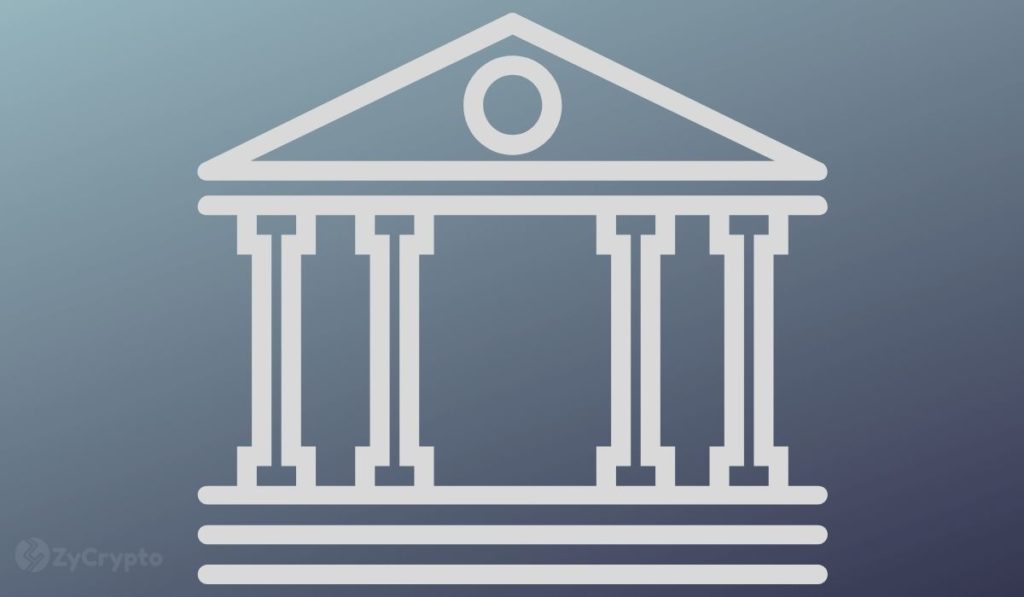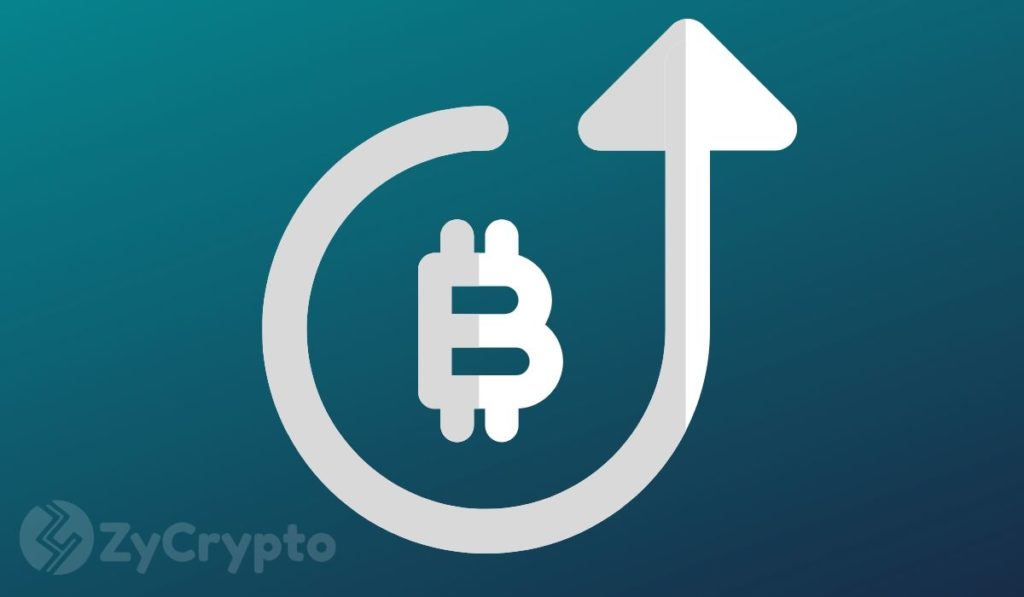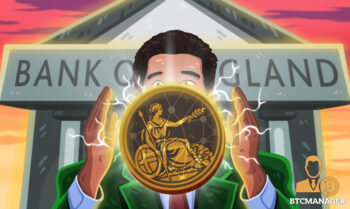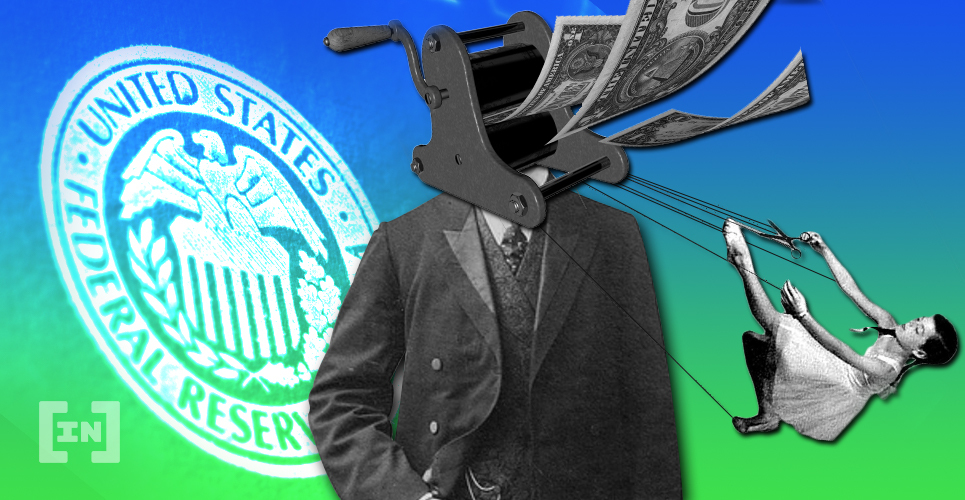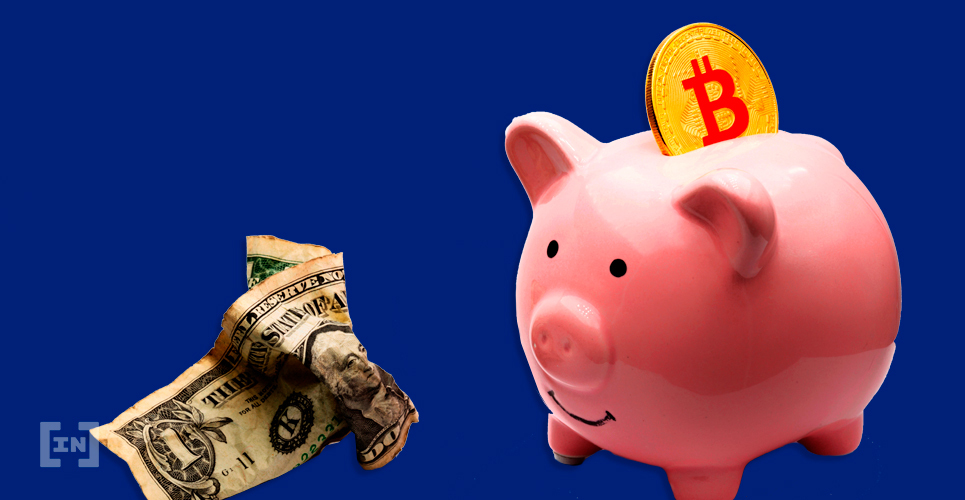2023-3-16 22:12 |
The collapse of Silicon Valley Bank has highlighted just how fragile the legacy financial system is.
This is an opinion editorial by Mickey Koss, a West Point graduate with a degree in economics. He spent four years in the infantry before transitioning to the Finance Corps.
This was inevitable and it will continue being inevitable in one form or another, as long as the system exists as is. When the fix is more money printing, which doesn’t fix anything, the collapse will always be inevitable.
Reflecting on the events from this weekend, I have a feeling that it is only the tip of the iceberg, setting the stage for what may come to be over the next few years; a slow motion train wreck of the financial and banking system, systemically-dependent upon increasing levels of credit and debt, whipsawing between periods of inflation and near collapse as the financial levers are pulled in opposite directions in increasingly-frequent periods.
The fact is that the Federal Reserve caused this collapse, and its inevitable pivot back to quantitative easing will be the precipice for the next collapse. Easing is the only cure for the problem that easing causes. To paraphrase Jeff Booth, the system cannot be fixed from within the system. They’ve gone too far and there’s no turning back.
Anti-AntifragileThe collapse of Silicon Valley Bank (SVB) has highlighted just how fragile the system has become as the Fed desperately tries to tighten and stem the tide of inflation that has swept the western world for the past year and a half. “Demand destruction,” they call it, code for intentionally and artificially raising the cost of capital in order to cause unemployment. Fewer people working means fewer people spending, hopefully helping to ease the upward pressure on prices exerted by the quantitative easing, helicopter money and supply chain destruction that defined the COVID-19 era of the early 2020s.
The only answer was printing money, to drive the yields down, to drive the markets back up, to keep the system from collapsing. In order to maintain confidence, though, the Fed quickly reversed the trend, participating in the most aggressive tightening cycle ever. The effects are now starting to play out in the banking system.
Who knows how many banks are already insolvent and struggling to remain afloat? Who knows how many emergency meetings were held this past weekend by terrified executives, desperate to duct tape over the holes in their balance sheets before investors and depositors alike got wise?
The problem with bank runs is that they are all based on confidence. If a bank loses confidence, the ensuing deposits can wipe it into insolvency, even if it were not in any danger prior to the bank run. It’s a self-fulfilling prophecy. And it is now a systemic risk.
The move to backstop 100% of deposits following the SVB collapse was all about maintaining confidence at all costs, to prevent the next bank run and the bank run after that. Federal authorities are desperately trying to stem contagion before it takes hold. They need to finish the job on inflation before they can credibly start printing money again. Or so they say.
With the 100% depositor guarantee, the Fed has, in essence, already pivoted. Money doesn’t just appear out of nowhere, unless you work at the Fed, I guess.
Though the new Bank Term Funding Program is not called “quantitative easing,” I see no meaningful difference. Lending money to banks against depressed assets to prevent them from marking their losses to the market is nothing more than accounting alchemy, shadow money printing by another name.
Hidden Cracks In The SystemWith bond markets depressed to levels like this, it leads me wondering what the next domino might be to fall. I suspect pension funds are in quite a bit of trouble. How long can they survive the bond bear market? How much principal are they losing, servicing their obligations that they will never be able to replace? How long until the Federal Reserve has to step in to back stop their bonds?
How long until they start overtly printing money again, depressing yields to the point where pension funds have to lever up just to meet their obligations again? It’s cyclical. It’s going to be cyclical until it can’t survive anymore.
Money printing caused this problem in the form of quantitative easing. Money printing is the only way out of this current debacle. It is an inevitability. At the same time, money printing will only make things worse.
It’s a cycle, doomed to repeat, ad infinitum, until it can’t anymore. The next several years are likely to be volatile with accelerating periods of easing and tightening as the Fed fights inflation and then the ensuing financial collapse triggered by its reversals — a deadly dance edging on the verge of hyperinflation and complete financial implosion in alternating cycles.
Bitcoin is fundamentally different. I heard American HODL today refer to money as time, and inflation as time theft. Manipulation of money constitutes the manipulation of time for all of those who are forced to work for a living. Bitcoin is simply a better system, completely separate from the whims of man, outside the grasp of the ruling class that always seems all too eager to pull the levers of control of a complex system. I save my money in bitcoin to remain outside that sphere of influence. The price I pay is fiat volatility, but in my opinion, it’s well worth the cost.
Bitcoin might just be more important than ever, and I think people are starting to see it.
This is a guest post by Mickey Koss. Opinions expressed are entirely their own and do not necessarily reflect those of BTC Inc or Bitcoin Magazine.
origin »Time New Bank (TNB) íà Currencies.ru
|
|


